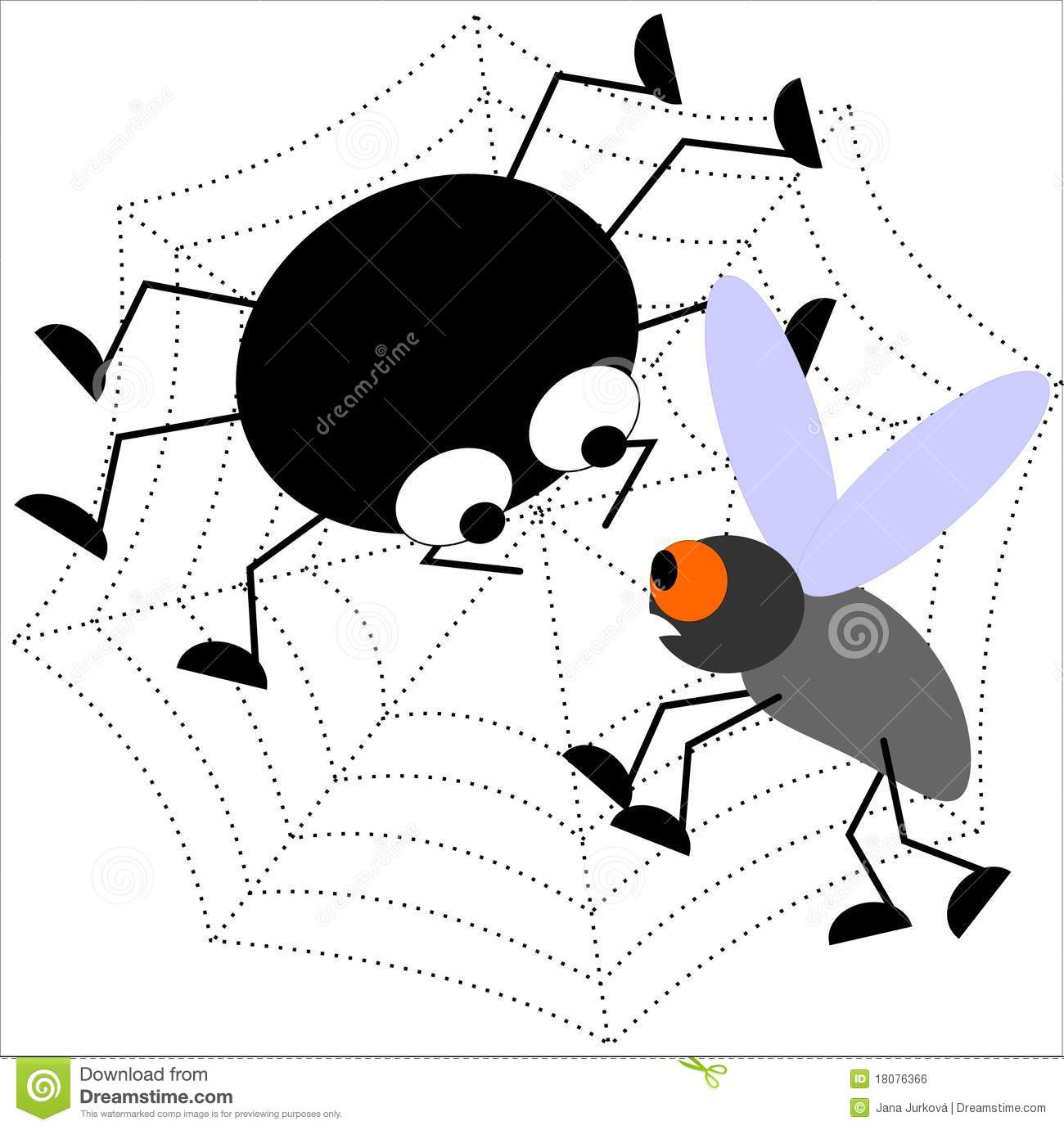Spiders and mosquitoes
In nature, the number of mosquitoes increases when it is warm. Spiders, on the other hand, eat them and keep the mosquito population under control.

We can derive the increase in the number of mosquitoes per week based on the total number of mosquitoes from the previous week and the temperature. If the temperature is below 18 degrees, mosquitoes do not grow. At temperatures above 40 degrees, mosquito eggs die, and mosquitoes also cannot grow. At temperatures between 18 and 39 degrees, growth depends on the temperature according to the formula:
growth factor = (temperature - 18)/21. The number of new mosquitoes in a week is calculated as: new_mosquitoes = growth_factor * number_of_mosquitoes. The number of new mosquitoes is rounded down to the nearest whole number. The chance of being eaten for one mosquito is given by: chance_of_being_eaten = 1 - (0.9 ** number_of_spiders)
![]()
The number of mosquitoes eaten is calculated as: eaten_mosquitoes = chance_of_bein_eaten * number_of_mosquitoes. A total of at least 20 mosquitoes eaten results in 1 new spider, while 40 mosquitoes eaten results in 2 new spiders, and so on
Assignment
- Ask the user for the temperature in degrees Celsius as an integer.
- The program stops if the user inputs a temperature lower than 18 degrees with the message “It is now too cold for mosquitoes.”
- The program stops if the user inputs a temperature that is 40 degrees or higher with the message “It is now too warm for mosquitoes.”
- We start with 100 mosquitoes and 1 spider
- Write a loop that calculates the growth of the number of mosquitoes over 10 weeks in time steps of 1 week
- In each step of the loop, calculate the number of new_mosquitoes using the growth factor and the number_of_mosquitoes from the previous step.
- In each step of the loop, calculate the number of eaten_mosquitoes using the number_of_mosquitoes and number_of_spiders from the previous step.
- In each step, calculate the number of new_spiders based on the number of eaten_mosquitoes from that step.
- Print the number of mosquitoes and spiders for each week.
Examples
Input:
25
Output:
week 0 100 1
week 1 124 1
week 2 153 1
week 3 189 1
week 4 234 1
week 5 289 2
week 6 331 4
week 7 328 9
week 8 237 19
week 9 112 29
week 10 43 34
Input:
0
Output:
It is now too cold for mosquitoes.